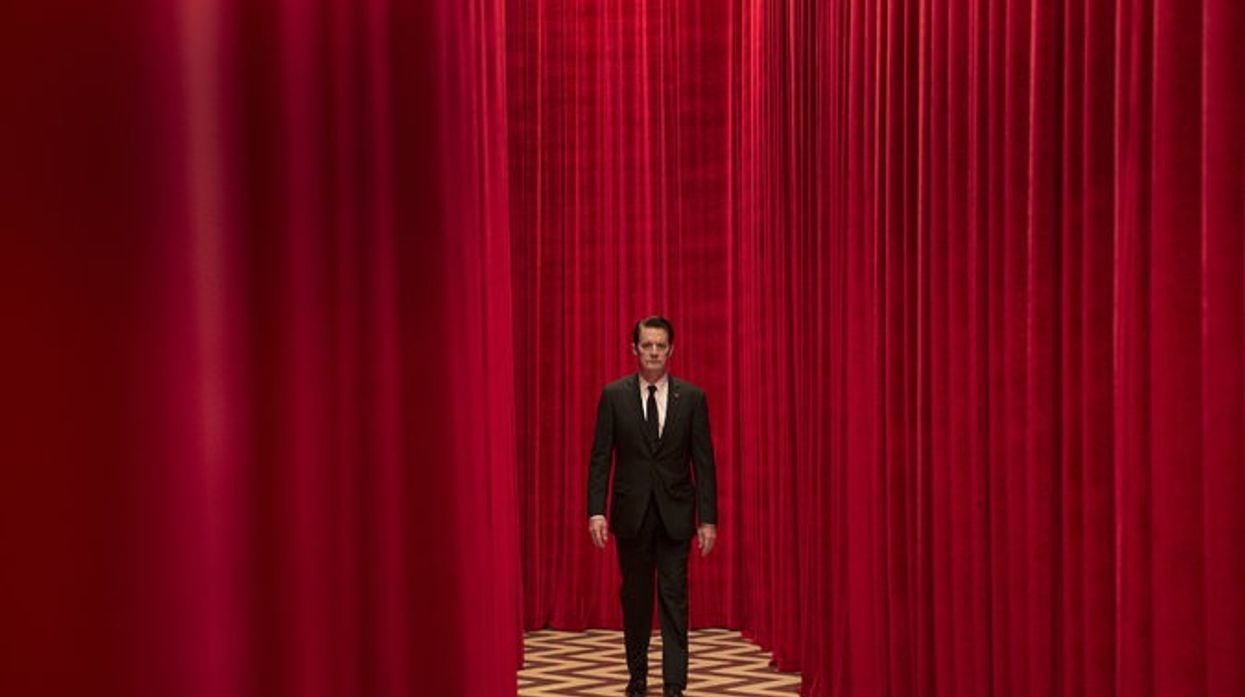Watch: How David Lynch Masters Stillness in 'Twin Peaks'
Lynch's decisions to do nothing at all can end up being the most terrifying.

David Lynch's use of stillness is certainly not relegated to Twin Peaks, though we've seen some excellent examples of this filmmaking strategy throughout the latest season of his hit TV show. Eraserhead, Mulholland Drive, Lost Highway and Blue Velvet also owe much of their unbearable tension to stillness.
The director's trademark hypnotic and surreal style is bolstered by the absence of movement. Perhaps it's so evident in Twin Peaks because we are living in an era in which audiences have come to expect action behind every twist and turn. The requirement to sit and just watch nothing happen is enough to instill an uneasy feeling in any viewer's mind.
In Dominick Nero's latest video essay for Fandor, we dive into just how terrifying this stillness can be.
Nero is quick to point out how many experienced Lynch viewers have been trained to understand that this stillness signifies something more. Usually, a moment of extreme violence or horror will follow this stillness—much like a darker, quirkier cousin of the horror genre's basic jump scare.
No matter how much Lynch you've watched, however, you won't be able to predict what horrible event will follow this stillness. It's a seductive phenomenon that keeps his viewers so dedicated and thirsting for more.
As Nero notes, "This ever-present stillness can make even the most docile actions terrifying. Everyday objects become evil and ordinary people become wicked."
It's such that every pause, every break in action, takes on a deeper meaning. Not only does the audience anticipate that something will happen, but Lynch fills in these moments with cryptic clues or metaphors that require the viewer to become even more engaged in the moment and thus the story as a whole.











